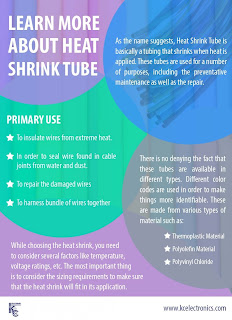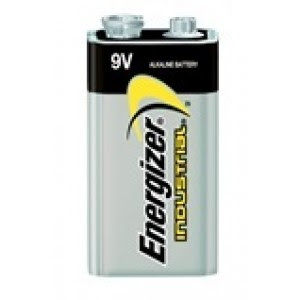Heat shrink tubing is one of the most valued additions in a toolbox. Ask any individual who works with wiring, he/she will tell you that the heat shrink tubing is a blessing straight from the god. Whether you want to clean up the wiring circuit, add a grip to your tools, differentiate the set of keys or just want to repair your laces, the tubing works everywhere. Despite the huge list of uses (creative and otherwise), people know very little about the tubing. Here is everything you need to know about heat shrink tubing.
What is heat shrink tubing?
It is simply a tube fashioned out of the cross-linking polymer that contracts to its original shape when heat is applied. The shrinking happens because the polymer is exposed to radiation that changes the bonds between the atoms of the polymer. In simple words, it is a plastic tube that shrinks with heat.
Benefits of the tubing

The main benefits of the tubing are its ability to insulate the wires. With the heat shrink tubing, you can protect the wires and circuits from the elements of environmental damage such as water, heat, oils, and more. The top benefits of the tubing also include its creative uses.
Traditional insulation vs heat shrink tubing
The tubing offers heat resistance and durability that traditional insulation cannot provide. Basically, the heat shrink tubing outperforms the traditional insulation. While the majority of tubing can be installed manually, a few need heavy machinery to do so.
How to select right heat shrink tubing?
- While buying the tubing keep these three things in your mind:
- Know the maximum diameter of the cable. This will help you select the right size of tubing.
- Know about the temperature range of the environment you are planning to put the tubing in.
- Know about the wall thickness as it will affect the durability and rigidity of the tubing
- Know about the resistance you want in the tubing
Want to know more? Contact KC Electronics. They are the leading electronic company with years of experience and an extensive inventory of electronic products.














